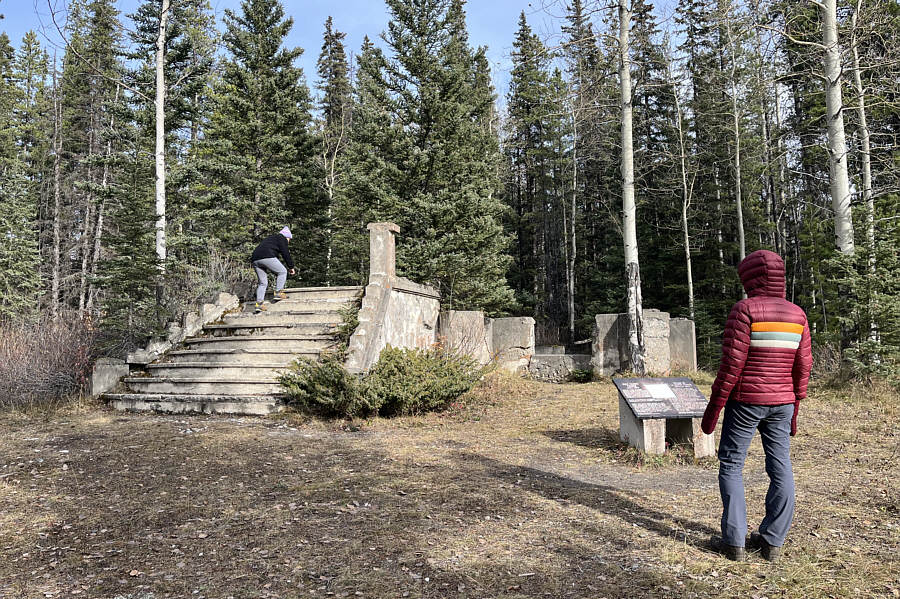

Photo courtesy of Zosia Zgolak
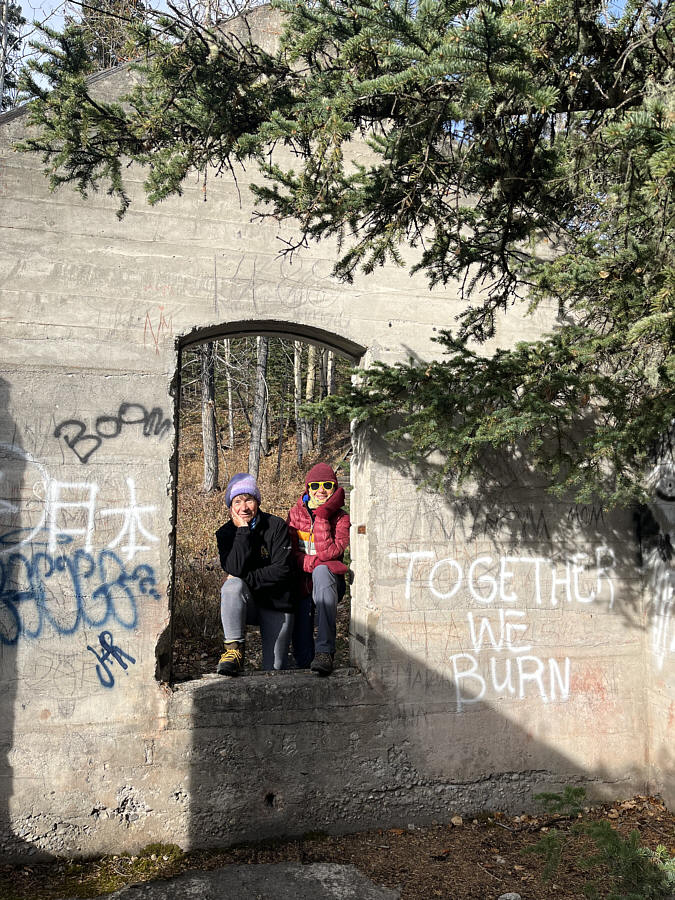
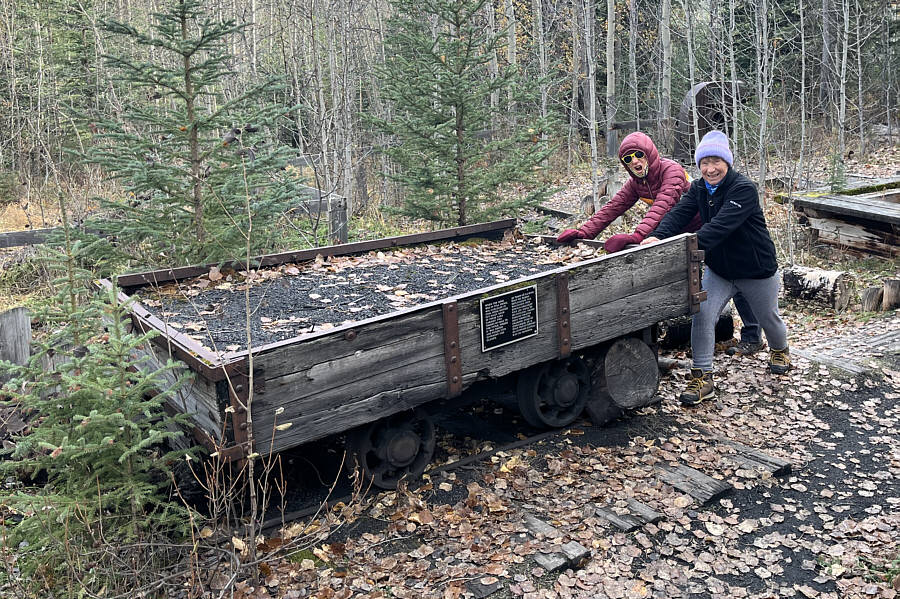

Photo courtesy of Zosia Zgolak
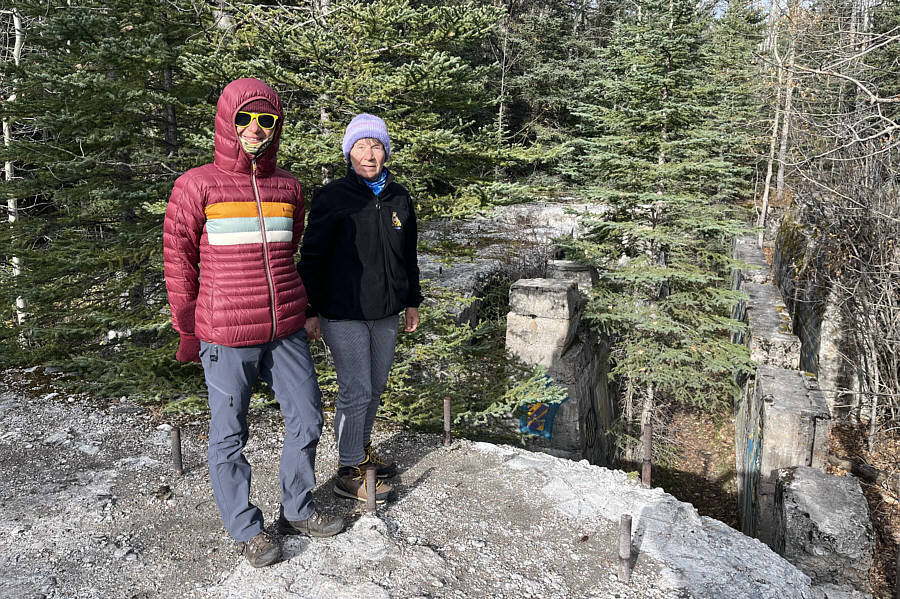
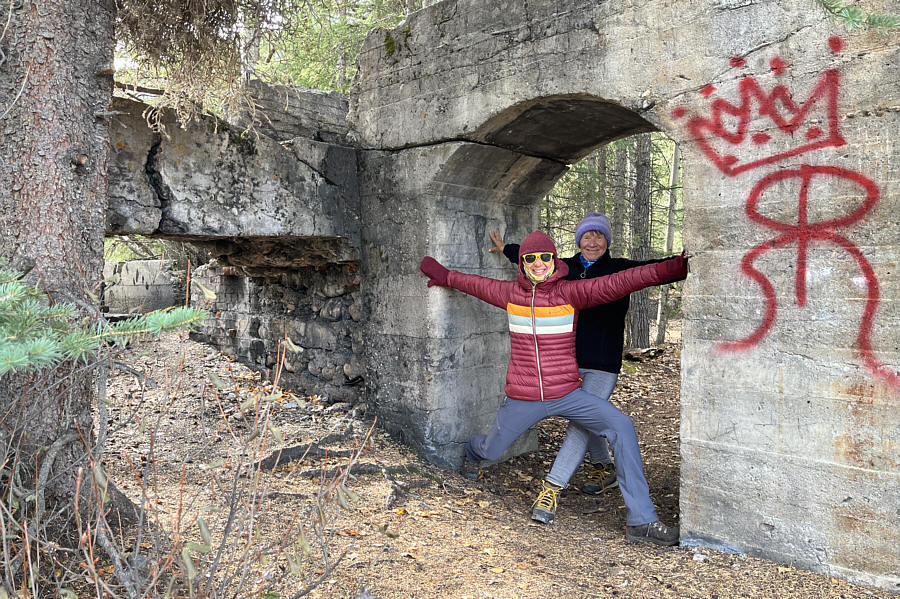
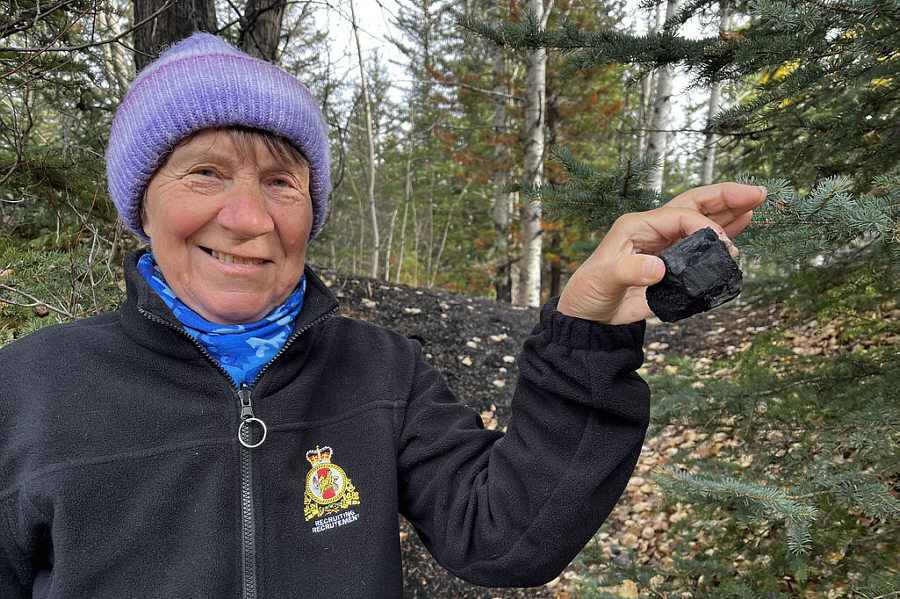
Photo courtesy of Zosia Zgolak
 |
Zosia watches Teresa climb the steps of what is left of Holy Trinity Church. |
 |
Here is a view of the "interior" of the church from the top of the
steps. Photo courtesy of Zosia Zgolak |
 |
The first ruin along the interpretive trail is the lamp house which served as a safety feature for coal miners. Miners were assigned numbered lamps, and these would be counted at the end of shifts to ensure that no one was missing. |
 |
Zosia and Teresa try to push a coal mining rail car. |
 |
Air pumps like this one provided fresh air for miners to breathe
while working in the coal mines. Photo courtesy of Zosia Zgolak |
 |
Zosia and Teresa stand on the foundation of what used to be a power house which supplied electricity for the coal mining operation as well as the town. |
 |
Zosia and Teresa stretch across a doorway at what used to be the briquette plant. The mined coal was processed into briquettes for use in train engines and to heat homes. |
 |
Teresa holds up a piece of coal from a
slack heap consisting of mining waste with no commercial value. Photo courtesy of Zosia Zgolak |

This compressed air locomotive actually came from a mine in Canmore but is representative of the ones used in Bankhead. Compressed air was safer to use than a combustion engine inside a mine which was full of volatile gases.
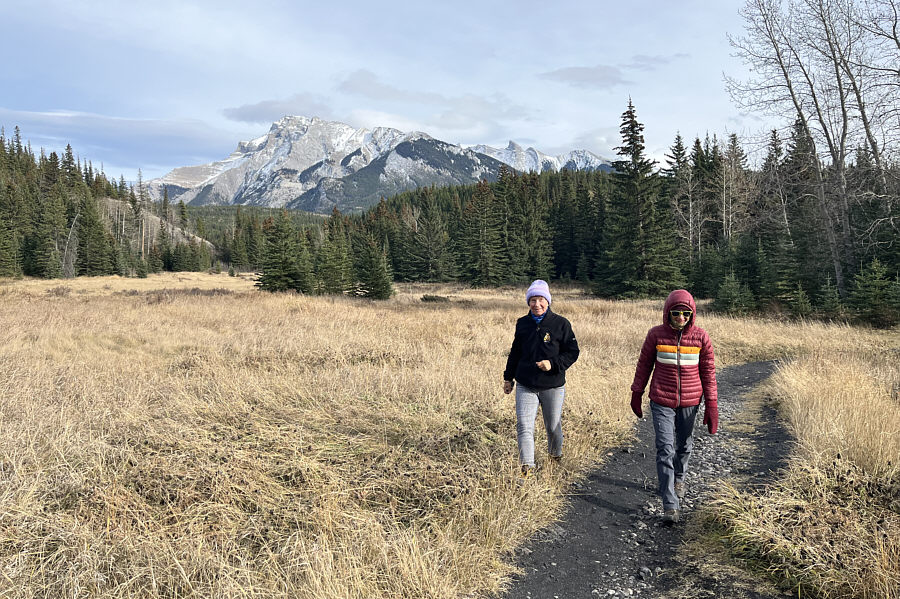 |
Teresa and Zosia finish their tour of Lower Bankhead with Mount Inglismaldie visible in the distance. |